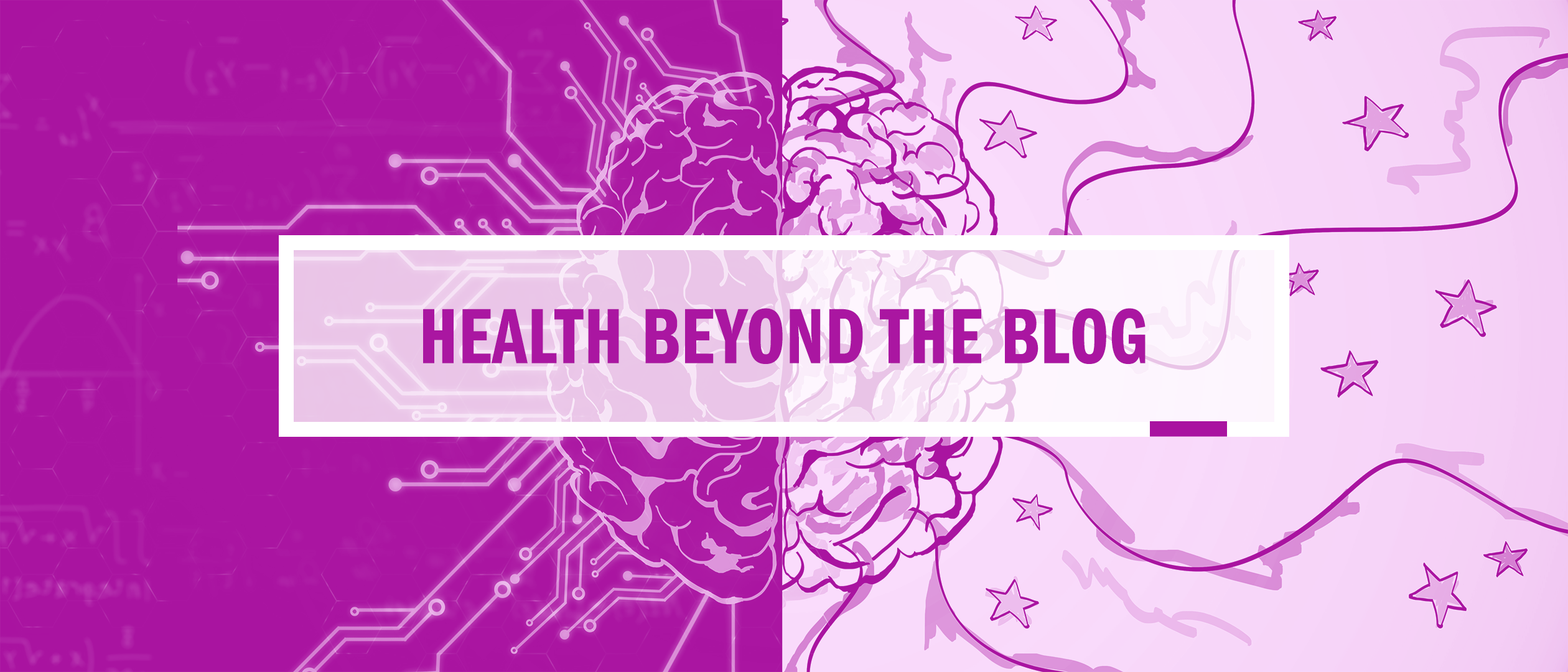New from the @EmoryCSHH News Team: Weight-loss drugs in the UK, why health insurance is tied to jobs, declines in drug overdoses, therapeutic food shortages in Africa, facing dementia and cognitive decline alone.
Accounting for the Cost of Health-Related Social Needs
A 2023 finds that fulfilling a federal mandate to address nutrition and housing will create significant healthcare costs.
By Student Name
This year, for the first time, the Joint Commission — a nonprofit that accredits US healthcare organizations, allowing them to operate legally and safely — required hospitals to begin screening “health-related social needs.” Those needs are social conditions, such as lack of safe food or housing, that prevent people from achieving good outcomes from their care, reinforce racial disparities, and inflate healthcare costs.
More than 80 percent of US hospitals are covered by this Joint Commission requirement. Since it was enacted, experts have emphasized that the screening will identify patients with unmet health-related social needs that the hospital system cannot address with current resources.
Now, work from a team headed by Seth Berkowitz, MD< an associate professor of medicine at the University of North Carolina, Chapel Hill, has confirmed that concern. Their paper, published in May in JAMA Internal Medicine, finds that federal funding would cover less than half of the cost of fulfilling unmet social needs, leaving patients searching for additional support. They reveal that addressing all social needs in a primary care setting would cost about $60 per person per month. With the Joint Commission accrediting thousands of primary care offices, this affects hundreds of thousands of patients and would be millions of dollars in cost to the healthcare system.
Berkowitz said he was driven to conduct the analysis by concern for the potential cost of health-related social needs interventions. “Patients are the ones who bear the burden,” he said. “They are the ones who are harmed by unmet social needs.”

Paying for a missing social safety net
This paper is the first to investigate the potential costs of addressing the growing problem within the healthcare system. “[It is] the first paper that starts to look at the costs of addressing social needs in a clinical setting,” said Nichola Davis, MD, vice president and chief population health officer at NYC Health, who was not involved in the work, but wrote an invited commentary in the same issue. “How expensive is this, and is this something that healthcare can do in some ways?”
Discussions surrounding unmet social needs are commonplace in healthcare, Davis added. However, the American public is unaware of the magnitude of unmet health-related social needs.
The costs of social needs are relevant to all Americans. Both state and federal funding supplement social services linked to social needs, such as food assistance and housing subsidies. Additionally, Medicaid, government-administered insurance that covers 85.6 million people, may be adjusted to help supplement interventions. All social services funded by state and federal government, including insurance, are funded by American taxpayers. Therefore, health-related social needs concerns are pertinent to all Americans — those receiving assistance and those not. The government and healthcare systems must know the overall costs of health-related social interventions to fund government programming and insurance.
To investigate the costs of intervening, researchers developed and validated a microsimulation model to estimate patients seen in any primary care practice in the United States. The model applies to all Americans. “The goal was to create a model that was applicable and representative of the population across the United States,” Berkowitz said. The microsimulation simulates the number of patients of any age who visited primary care for healthcare and their demographics. Then, the model examined four categories of social needs: housing and food, transportation insecurity, and care coordination. From all of this, the model was then used to calculate the overall costs of a patient receiving health-related social needs care.
The study found that the monthly average cost of addressing all health-related social needs is $60.00 per person. Researchers estimated that less than half of that cost could be federally funded, so the remainder, about 54.2%, would become out-of-pocket costs to the healthcare system.
This study only estimated the costs for patients seen in a primary care setting, not an emergency room or hospital. Often, individuals entering a primary clinic already have a pre-existing relationship with the healthcare system, meaning they are likely insured patients. Therefore, this study excludes those who do not often interact with the hospital system, such as uninsured or lower-income individuals.
“I would suspect it’s definitely an underestimation of what they have in the paper,” Davis said. “Patients with lots of social needs would not necessarily be seen in a primary care setting. For example, patients experiencing homelessness will be going to the emergency room rather than primary care.”

The study also examined enrollment in existing federal social needs programs. The microsimulation showed that some programs had low enrollment compared to eligibility. For example, in the housing needs program, 78% of patients were eligible, and only 24% were enrolled. The researchers infer that the low enrollment compared to high eligibility may be due to the small program size, limiting eligible patients from registering. To dissolve the barrier, the social programs would require more funding to increase size.
Civil society cannot fill the funding gap
Even with increasing the size of federal programs, not all people with social needs can be helped. Many people are not eligible to receive social assistance for several reasons; specific household size and income requirements, English literacy, or American citizenship can all be barriers. The study’s findings suggest that both federal and community interventions are needed to close the gap between met and unmet social needs.
Community organizations can uplift patients and families during times of struggle. Specifically, community organizations can offer emotional support, such as religious services and counseling, and food and housing support, such as food pantries and shelters. Community support is pivotal for the social, emotional, and physical well-being of many patients. Davis predicts that as our awareness of social needs grows, our need to reach out to neighbors for support will as well. “It’s going to be a two-way street. Health systems are going to rely on community systems. Community systems will rely on health systems to refer patients to the community. That relationship is definitely going to grow stronger,” Davis said.
Community organizations will never be able to substitute for federal funding due to their small scale. Currently, only 10% of social interventions come from community organizations and the remaining 90% come from federal funding. However, if both community organizations and federal programming receive adequate support from all Americans, those patients suffering from unmet social needs will be able to receive needed interventions.
“A lot of people, unless working in healthcare, do not recognize how much of a problem this is,” Davis said. “There are plenty of people in America who have significant social needs who need support to be healthy. This is a part of their health care.”


